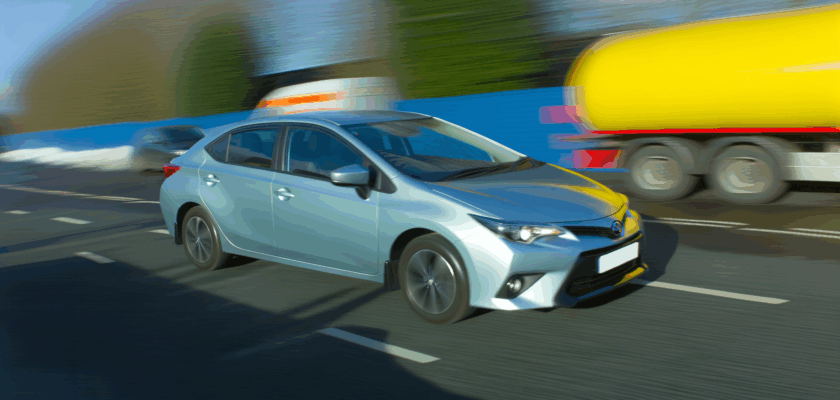As winter approaches, vehicle owners face unique challenges that can impact the longevity and performance of their cars. Moisture and rust are among the most common issues that escalate during the cold, damp months, threatening the structural integrity and appearance of vehicles. Proper winterizing techniques focused on moisture control and rust prevention can make a significant difference in safeguarding your vehicle throughout the season.
Identifying Moisture Risks Before Winter Hits
Moisture accumulation inside and outside a vehicle is a primary concern as temperatures drop, especially in regions with heavy snowfall or frequent rain. Condensation can form on windows, door seals, and within the engine compartment, creating an environment conducive to rust and mold growth. Recognizing common sources of moisture—such as leaks in door seals, clogged drainage channels, or damp floor mats—is crucial before winter sets in.
Another factor contributing to moisture build-up is driving through snow slush or standing water, which often splashes onto the undercarriage and wheel wells. If not promptly addressed, this moisture can linger and accelerate corrosion. Additionally, temperature fluctuations cause water vapor to condense in hidden areas of the vehicle, making it difficult to spot without careful inspection.
Preemptive checks should include examining weather stripping for cracks, ensuring that sunroof drains are clear, and verifying that all windows close tightly. Taking these steps helps reduce the chances of moisture intrusion, thus minimizing the risk of rust forming beneath paintwork or inside mechanical components. Early detection of moisture risks also allows for timely repairs that can prevent costly damage during the cold months.
Effective Rust Prevention Strategies for Cold Months
Rust prevention begins with thorough cleaning, especially of the undercarriage where salt and grime from roads accumulate during winter. Salt, which is heavily used on roads to melt ice, is highly corrosive and can rapidly accelerate rust if left on vehicle surfaces. Regular washes, including the underside of the car, help remove these harmful residues and protect metal components from oxidation.
Applying a protective coating is another key step to combat rust. Waxing the vehicle before winter creates a water-repellent barrier on the paint, reducing moisture penetration. For more extensive protection, undercoating sprays or rust inhibitors can be applied to vulnerable areas prone to corrosion. These treatments form a durable shield against salt, moisture, and debris.
Finally, keeping the vehicle dry when not in use is essential. Parking in a garage or covered area reduces exposure to snow and rain. If indoor parking is unavailable, using a breathable car cover can prevent moisture buildup while allowing trapped humidity to escape. Combined with routine inspections for early signs of rust, these strategies form a comprehensive approach to preserving your vehicle’s condition throughout winter.
Winterizing your vehicle with a focus on moisture and rust prevention is not just about aesthetics—it’s about maintaining safety and extending the life of your car. By identifying moisture risks early and implementing effective rust-protection measures, drivers can avoid costly repairs and ensure reliable performance during the cold months. Taking these proactive steps before winter arrives prepares your vehicle to withstand harsh conditions while keeping it in optimal shape year-round.

